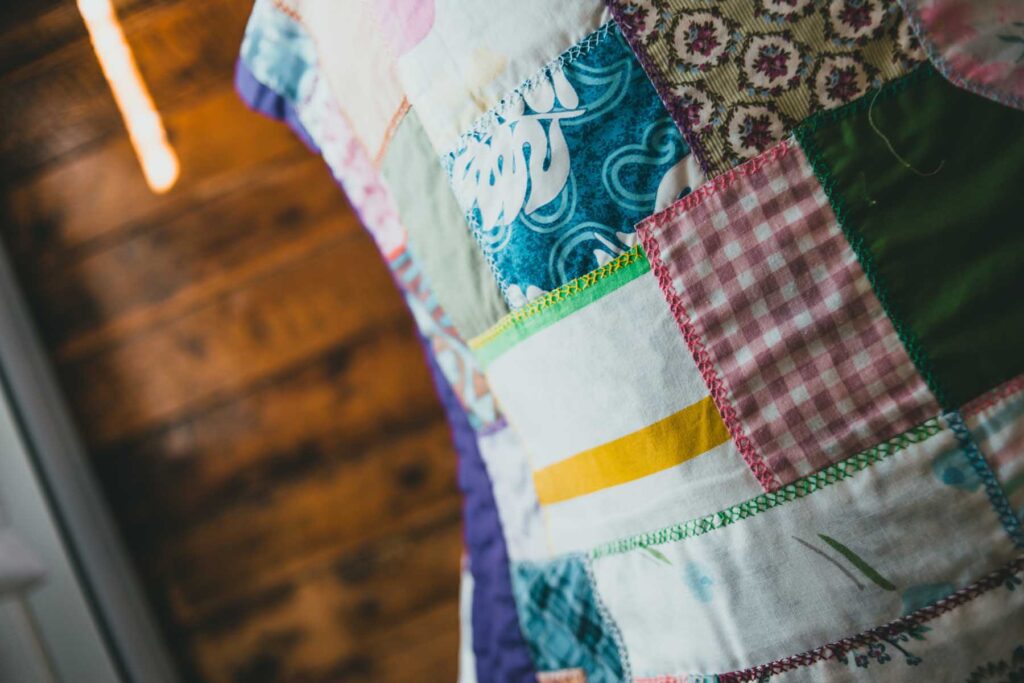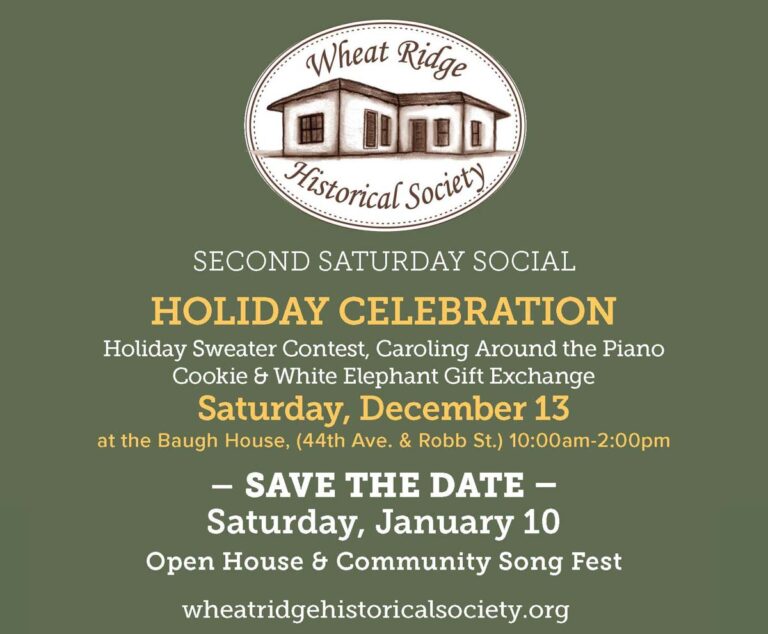As Heritage Day at the Baugh House (West 44th Avenue and Robb Street) approaches, volunteers are readying examples of the Historical Society’s vintage quilt collection for display at the event, to be held Aug. 12 from 10 a.m. to 2 p.m.
The day was created to recognize the long and colorful history of the actual building, which started out as a cabin and was later encapsulated in a Victorian-style house. However, the featured vintage quilts also weave fascinating stories, according to quilt curator Jane Harvey.
The society owns 64 quilts, and nearly half will be displayed, demonstrating patterns from the Civil War through the Depression.
Quilts played an important part in the pioneer experience in several ways. Along with practical uses, quilts also provided emotional support during the journey west. Guides recommended two to three blankets or quilts per individual, not only for the journey but to sustain family members at their destination. There would be no time for sewing in the foreseeable future, so friends and family pitched in beforehand to sew bedding and clothes for the soon-to-be pioneers. Cherished “friendship quilts” became popular emblems of dear ones left behind.
On a practical level quilts served in capacities beyond keeping the family warm at night. Trails were rough going in the wooden wagons, and most family members chose to walk alongside rather than endure non-stop, back-breaking jolts. A folded quilt added a little padding for the person driving the ox team and, when unfurled, offered shade from the sun during rest stops. Howling winds brought dust storms, and quilts stuffed into cracks and across openings helped stave off choking dust inside the wagon.
The distance from St. Louis, a staging location for westbound wagon trains, to Denver is around 850 miles. Today it can be driven in 12 hours. Ox or mule teams gained eight to 10 miles per day, making the trip almost three months.
Quilts were used in unexpected and even unfortunate ways. Most worrisome was the constant threat of death by accident or disease. One source states that one in 17 people died en route, estimating a grave averaging every 80 yards between the Missouri River and Oregon. Wood, scarce on the prairie, was reserved for camp fires, not coffins. When a death occurred, often the body was wrapped in a quilt for burial in a shallow grave along the trail. Family members took solace in the knowledge that their loved one went to heaven wrapped in cloth symbolizing family.
Upon reaching a destination, quilts again helped sustain body and spirit in the new land. A favorite quilt on a bed offered a sense of connection with former life. Another partitioning off a sleeping area in a one-room structure brought a sense of privacy, and when used as window coverings brought a cheery presence to an otherwise drab homestead.
Stop by the Baugh House Saturday after the Carnation Festival parade for some ice cream and a look at the fascinating history of pioneer quilting.






